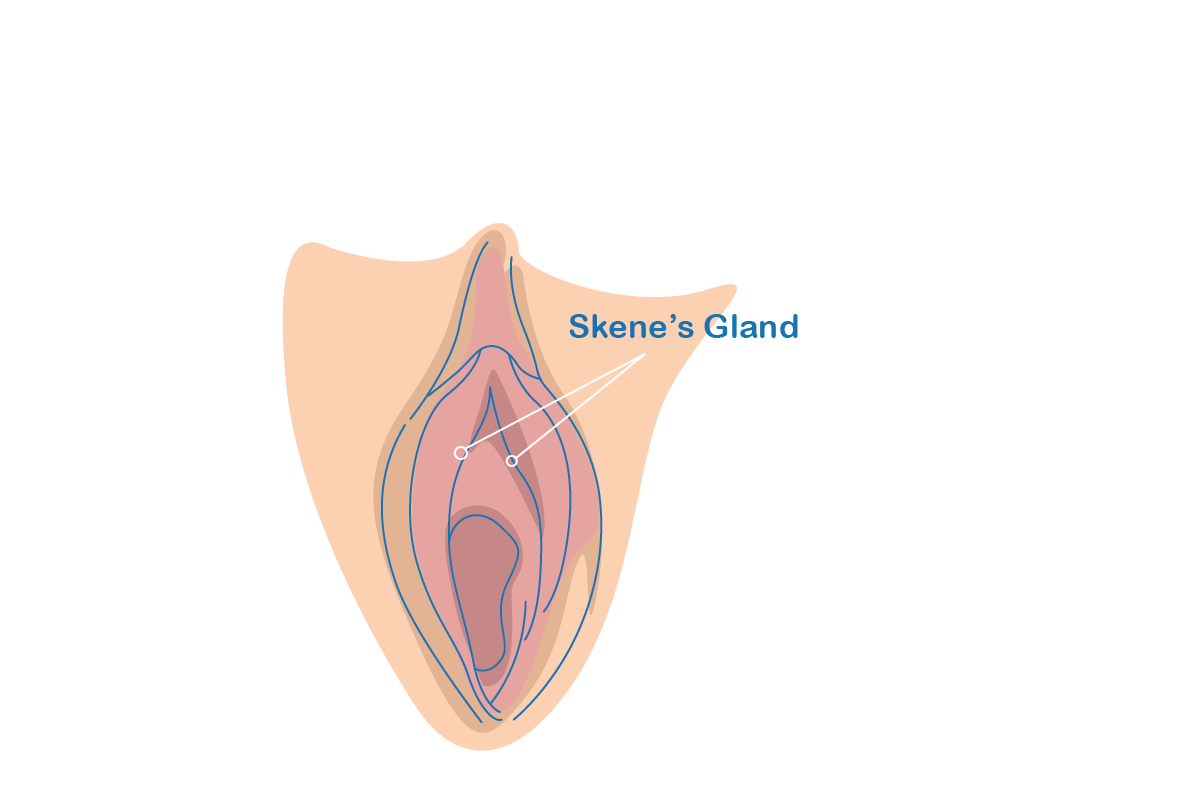Squirting. Gushing. Splooshing. Ejaculating. Coming.
Whichever way you describe squirting, it’s an exhilarating sexual experience that more women are coming to learn about and know. However, there are still myths and misconceptions floating around that leave some women feeling less than enthusiastic about it all.
Perhaps the greatest misconception on the topic is that squirting = urination. The good news is, that’s not true!
In this post, we’ll introduce squirting and explain why it’s not urination and how it differs from both urination and female ejaculation. We’ll also discuss how to overcome the fear of urination to achieve squirting, as well as how it feels when you do finally squirt.
So if you’re ready to set preconceived notions aside, read on!
What is Squirting?
Squirting is the expulsion, often forceful, of colorless, odorless fluid from the urethra during arousal or orgasm.
It’s an activity dramatically portrayed in pornography as gushing or even forcefully bursting from the woman as she climaxes, but real women’s experiences differ widely from a gush to a trickle and anywhere in between.
The term ‘squirting’ is often used interchangeably with female ejaculation, but this is incorrect. We’ll cover the difference between the two later on.
Is Squirting Pee?
The answer to this age-old question is simple: Squirting is not the same as urination.
Squirt Versus Pee
Now that we’ve cleared up the fact that squirting isn’t the same as peeing, you may be asking, what’s the actual difference?
For that, we’ll also consider how squirting differs from female ejaculation which is another urethra-involved activity.
As mentioned above, squirting is the flow of colorless, odorless fluid from the urethra. This occurs during climax from direct or indirect g-spot stimulation. Female ejaculation is a small amount of thick, milky-colored fluid that leaves the urethra during arousal or climax. Pee, or sexual incontinence, is urinating during sexual activity.
If squirting isn’t the same as sexual incontinence, why are the two often confused?
From the time that squirting was first introduced to the scientific community, there have been varying opinions on its “realness.” That is, was it truly a female sexual experience or simply sexual incontinence? Until more recently, there was little research on the matter.
Recent findings, however, indicate that squirting is indeed a phenomenon completely separate from sexual urinary incontinence. While components of urine are present in squirting fluids, it is in small enough amounts to not make themselves noticeable either through sight or smell. Further, the fluids contain components similar to those found in the male prostate, including “prostate specific antigen, prostatic acidic phosphatase, prostate specific acid phosphatase, and glucose.”

So if squirting isn’t pee, where does it come from? That would be the Skene’s glands! These are two glands found internally on either side of the urethra on the female anatomy. These are the same glands that also produce female ejaculatory fluids.
Squirt Versus Female Ejaculation
We know the difference between squirting and pee, but what about squirting and ejaculatory fluids?
Aside from the obvious physical characteristics is the difference in their journeys to the urethra. With squirting, the fluids will travel from the Skene’s glands through the bladder and out of the urethra. With female ejaculation, the fluids will go directly from the Skene’s glands and out of the urethra.
The other difference is that squirting fluid is abundant while ejaculatory fluid is scant. In fact, you may not even notice female ejaculatory fluids as it may drip down towards the vagina and mix with all other manners of fluids.
If It’s Not Pee, Why Do I Feel the Urge to Urinate?
A common complaint from women who are learning how to squirt is that the urge to pee is too intense to overcome. This causes many women to stop prematurely for fear of wetting the bed.
It’s true that the urge to pee can be pretty intense as you get closer to climax. You need to allow yourself to go past that point, though, to experience squirting and its pleasures.
But what if you really do pee?
One, empty your bladder prior to starting. While the urge will still be there (it’s just part of g-spot stimulation), you’ll know that any amounts of urine are small.
Two, if you do pee a bit, so what? Cover your bed with towels or old sheets and let it go. Or if you think the fear of peeing in bed is keeping you from letting go, then you can even do it in the bathtub.
What Does Squirting Feel Like?
While it’s true that the urge to urinate is present as you climb towards climax, what does the act of squirting actually feel like?
After a certain point, the urge to pee will disappear. As you squirt, you’ll feel a burst of liquid release from the urethra in a way that’s difficult to explain without feeling it. Because again, this burst of liquid will not be linked to the urinary relief that you’re used to while urinating.

But does it actually feel good?
The act of squirting itself may not feel “good,” but it can be relieving, relaxing, and even empowering. For women who squirt during orgasm, it can also (but not always) intensify the feelings of the orgasm.
Conclusion
Do misconceptions and myths about squirting keep you from giving it a go? Now that we’ve debunked the most common misconception, that squirting is just urinary incontinence, you can feel free to give it a solid try.
Just remember that like other things related to sexual pleasure, you should treat squirting as a journey to be enjoyed and not a destination. Take it as an opportunity to learn more about yourself or to get closer to your significant other. You may squirt the first time, or it may take you until the fiftieth attempt. Whatever the case may be, enjoy the time with yourself or your partner.

